What to Look for in a Home Security Camera System: Features and Tips
Choosing the right security camera system is essential for protecting your property and loved ones. With countless options on the market, knowing which features to prioritize can make all the difference. This comprehensive guide will help you navigate the world of home security cameras, covering the essentials like video quality, night vision, and storage options, while also highlighting advanced features for enhanced security.
Resolution and Image Quality
High-resolution cameras form the foundation of any reliable home security system, ensuring clear and detailed footage that can be vital for identification and evidence collection.
- 1080p minimum resolution: The standard for capturing sharp and clear images, suitable for most residential setups.
- 2K and 4K ultra-HD options: Deliver superior image detail, making them ideal for identifying faces or license plates over large areas. These are particularly useful for expansive properties or critical entry points.
- HDR (High Dynamic Range): A game-changer for environments with mixed lighting. HDR technology balances shadows and bright highlights, improving visibility in challenging scenarios like direct sunlight or shaded areas.
- Frame rate considerations: A minimum of 15 frames per second (fps) ensures smooth motion capture, while higher frame rates (e.g., 24 fps) are ideal for reducing motion blur.
Field of View

A camera’s field of view (FoV) determines how much area it can cover and plays a crucial role in minimizing blind spots. Choosing the right FoV depends on the specific areas you wish to monitor and the placement of the smart camera.
- Wide-angle lenses: These lenses provide coverage between 120° and 160°, making them ideal for monitoring large spaces such as backyards or parking lots. With a wider FoV, fewer cameras are needed to secure a given area.
- Ultra-wide options: Cameras with 180° coverage can capture everything in front of them, perfect for hallways or front porches where a comprehensive view is essential.
- Pan-tilt cameras: These models allow you to adjust the viewing angle remotely, providing flexible and dynamic coverage. They are excellent for monitoring areas that require frequent adjustments, such as expansive outdoor properties.
When installing cameras, consider their placement to optimize coverage. For example, corner placement ensures maximum visibility with fewer devices. Explore the best floodlight security cameras for outdoor solutions that combine lighting with wide-angle views for enhanced security.
Night Vision Capabilities
Night vision is a cornerstone feature for any reliable security camera system, ensuring 24/7 surveillance by maintaining visibility in low-light or completely dark environments. Whether you're securing your front yard, back alley, or interior spaces, effective night vision provides crucial monitoring capabilities.
-
Infrared Night Vision: Utilizes infrared LED sensors to produce clear black-and-white footage even in complete darkness. This is a standard feature in most modern security cameras and is highly effective for monitoring at night without attracting attention.

-
Color Night Vision: Goes beyond traditional black-and-white imaging by incorporating built-in spotlights or ambient lighting to capture detailed, full-color footage in the dark. This is particularly useful for identifying clothing, vehicles, or other specific details during nighttime events.

-
Combined Features: Many cameras offer both infrared and color night vision modes, allowing users to switch between discrete monitoring and high-detail capture based on the situation.
-
Range Considerations: Cameras with a night vision range of at least 30 feet are ideal for most residential setups. For larger properties, consider models with extended ranges of up to 100 feet or more to ensure comprehensive coverage.
-
Adjustable Settings: Some advanced systems let users adjust brightness, contrast, and sensitivity to optimize night vision based on environmental conditions. This customization ensures consistent performance even in challenging scenarios like fog or reflective surfaces.
Night vision technology has advanced significantly, with options ranging from budget-friendly cameras to high-end systems offering exceptional clarity. For an in-depth look at leading models, explore the best night vision cameras available today.
Camera Types and Placement
Selecting the right camera type and strategically placing them are fundamental to creating an effective home security system. Different types of cameras serve unique purposes, and proper placement maximizes their effectiveness.
Indoor Cameras

Indoor cameras are designed to monitor activities within your home, providing a reliable way to keep an eye on children, pets, or valuables.
- Features: These cameras often include two-way audio, allowing communication between you and the monitored space. Most indoor models are IP cameras, requiring an internet connection for remote access.
- Placement Tips: Position indoor cameras in high-traffic areas like living rooms, hallways, or near entry points. Avoid private spaces like bedrooms to respect privacy.
- Power Options: Many indoor cameras are wired or plug-in models, ensuring consistent power supply without worrying about battery life.
Outdoor Security Cameras

Image courtesy of Nest
Outdoor cameras are built to endure weather conditions while providing surveillance for external areas like driveways, backyards, and porches.
- Features: With robust designs, outdoor cameras offer high video resolution, night vision quality, and durable IP65 or higher weatherproof ratings.
- Types: Common types include dome cameras, bullet cameras, and video doorbells. Dome cameras are tamper-resistant and ideal for high-visibility spots, while bullet cameras offer long-range views. Video doorbells add a layer of security to your main entry.
- Placement Tips: Install cameras to cover entry points, garage doors, and blind spots around your property. Ensure proper height and angle to maximize the camera’s field of view while protecting against tampering.
Wired vs. Wireless Cameras
Understanding the pros and cons of wired and wireless options is key to selecting the right camera system.
- Wireless Security Cameras: These are easy to install and reposition, making them ideal for renters or temporary setups. However, they rely on battery life or power adapters and can be affected by weak internet connections. With the right solar panel, you can ensure your security camera never runs out of juice at the most vulnerable time of the day.
- Hardwired Cameras: These offer consistent power and reliability. They are better suited for permanent installations and areas with high data demands, such as locations requiring professional monitoring.
Smart Security Camera Features
Smart cameras bring advanced capabilities to your security system, integrating seamlessly with smart home devices for enhanced control and monitoring.
-
AI-Powered Detection: Reduces false alarms by identifying specific objects like people, animals, or vehicles.

- Voice Assistant Integration: Many cameras work with Google Assistant or Alexa, allowing voice control for live feeds and system arming.
- Smart Displays: Pairing cameras with devices like the Echo Show provides real-time video feeds on demand.
Additional Tips for Placement
- Strategic Angles: Place cameras in corners for a wide coverage area.
- Height Considerations: Install outdoor cameras at least 8-10 feet high to prevent tampering while maintaining clear views.
- Lighting: Ensure adequate lighting for cameras without advanced night vision capabilities. This improves the quality of video footage during low-light conditions.
Storage Options: Cloud vs. Local Storage
Effective video storage is essential for security camera systems, ensuring you can review footage or use it as evidence when necessary. Different storage options come with their own advantages, depending on your preferences, needs, and budget.
- Cloud Storage: Cloud storage allows you to remotely access video clips from anywhere with an internet connection. This option offers convenience and peace of mind, as your data is stored off-site, protecting it from local disasters. However, cloud storage often comes with ongoing monthly or annual fees, depending on the amount of footage and features you need.
- Local Storage: Local storage options include microSD cards, network video recorders (NVRs), and digital video recorders (DVRs). These provide a more cost-effective solution, as they do not require recurring fees. MicroSD cards are generally used in individual cameras, while NVRs and DVRs can store footage from multiple cameras, providing a more comprehensive setup. The major benefit is that you have full control over your data, though the footage is vulnerable if local hardware fails.
- Hybrid Systems: Hybrid systems combine both cloud and local storage. This gives you the flexibility to store critical footage locally, ensuring it’s always available, while also backing up videos to the cloud for remote access and redundancy. This system provides a balanced solution between cost and convenience, though it can still come with additional cloud fees.
When selecting your storage option, it’s important to consider your budget and long-term storage needs. For instance, cloud storage is great for accessing footage remotely but may not be ideal for those who wish to avoid ongoing costs. On the other hand, local storage offers a one-time investment with full control but may require maintenance and upgrades. Hybrid systems offer the best of both worlds but come with the added complexity of managing multiple storage solutions.
Advanced Features for Enhanced Security
Modern security cameras are equipped with advanced features designed to enhance both usability and effectiveness, making it easier for users to maintain a secure home.
- Two-Factor Authentication (2FA): 2FA adds an extra layer of security to your system by requiring a second form of identification, such as a code sent to your mobile device. This makes it harder for unauthorized users to gain access to your security system, ensuring your video footage and camera settings remain secure.
- Two-Way Audio: This feature allows you to both hear and speak to anyone near your camera, enabling you to communicate with visitors or deter potential intruders. It can be useful for greeting guests or warning off unwanted visitors without having to open your door.
- Mobile Device Alerts: Many security camera systems offer instant notifications on your mobile device whenever suspicious activity is detected. This helps you stay on top of security issues in real-time, allowing for a rapid response to emergencies.
- Color Night Vision: Traditional night vision cameras offer black-and-white footage, but color night vision provides more detailed images, even in low light conditions. This is especially useful for identifying individuals, vehicles, or other key details in dark environments.
- AI-Powered Detection: Advanced cameras use artificial intelligence to intelligently identify and track specific objects or people. This reduces false alarms by distinguishing between different types of motion (e.g., a person vs. an animal) and providing more accurate surveillance.
Installation and Maintenance

Proper installation and maintenance are key to ensuring your security camera system functions effectively over time.
- DIY Installation: Wireless cameras and simple setups are perfect for DIY installation. With clear instructions and intuitive apps, many systems allow you to set up your cameras without the need for professional help. This option is cost-effective, but you may need some technical know-how for configuring settings and optimizing performance.
- Professional Installation: For more complex systems, such as wired cameras or large-scale surveillance setups, professional installation may be the best option. Certified installers can ensure cameras are properly positioned, connections are secure, and the system is optimized for maximum coverage and performance. This is especially important for systems that require integration with smart home devices or advanced features.
- Maintenance: Regular maintenance is essential to keep your security system running smoothly. Cleaning camera lenses, updating firmware, and checking connections can prevent common issues like poor video quality or connectivity problems. You should also monitor storage options to ensure you don’t run out of space.
In addition, consider exploring video doorbells for added convenience. Video doorbells allow you to easily monitor visitors at your front door and communicate with them remotely.
Privacy and Legal Considerations
When installing a security camera system, it’s important to ensure you’re abiding by privacy laws and local regulations, while also respecting your neighbors’ rights.
- Surveillance Laws: Research and familiarize yourself with the surveillance laws in your area. Regulations vary by location and can dictate where cameras can be positioned, the type of footage you can record, and how long you can store footage. Violating these laws can result in legal consequences.
- Neighbor Privacy: Be mindful of how and where you place your cameras to avoid intruding on your neighbors' privacy. Ensure that cameras are not recording areas outside of your property, such as your neighbors' yards or windows. This will help prevent disputes and legal issues related to privacy violations.
- For Renters: Renters need to be aware of their rights when it comes to installing security systems in rental properties. Before installing cameras or other security devices, renters should seek permission from their landlords and ensure that the system does not violate any rental agreements.
Cost and Pricing: Subscription Plans
When choosing a security camera system, it's crucial to consider the cost of both the initial setup and any ongoing subscription fees. Many camera systems offer a basic level of service for free, but premium features like extended video storage, advanced motion detection, and cloud access often require a subscription. Subscription plans vary in terms of features and pricing, depending on the brand and the services offered.
Average Costs
- Indoor Cameras: Typically range from $50 to $150, depending on features such as resolution, night vision, and two-way audio.
- Outdoor Cameras: Range from $100 to $300, with higher costs for advanced features like weatherproofing, longer night vision range, and smart home compatibility.
- Bundle Discounts: Purchasing multiple cameras as part of a bundle can significantly reduce the overall cost. For example, many brands offer discounts on multi-camera systems. Explore the latest bundle deals for cost-effective solutions.
Subscription Fees
- Basic Plans: Often start at $3 to $10 per month for features like limited cloud storage and standard motion detection.
- Premium Plans: Range from $15 to $30 per month, including perks such as extended video storage, advanced AI detection, and priority support.
- Professional Monitoring: Adds an additional layer of security by connecting your system to a monitoring service. Costs typically range from $20 to $60 per month, depending on the level of service and the number of cameras.
For those who want to avoid subscription fees, it’s essential to explore security cameras without subscription options. These cameras often rely on local storage or offer limited cloud storage without ongoing costs, making them an attractive option for budget-conscious homeowners.
Learn more about security cameras without subscription.
Assess Your Home's Security Needs
Before purchasing a security camera system, it's important to assess your home's unique security requirements. By understanding the layout and potential vulnerabilities, you can select a system that fits your needs and budget. Here’s how you can evaluate what’s best for you:
-
Conduct a Security Assessment of Your Property:
Walk around your home and inspect potential entry points, such as doors, windows, and hidden areas. Take note of where you would want to place cameras to ensure full coverage. Identify areas where additional security measures might be needed, such as the driveway, backyard, or side entrances. -
Identify Vulnerable Areas:
Focus on weak spots around your home where intruders may be most likely to attempt entry. These can include areas that are poorly lit or hidden from view, such as backyards, alleyways, or around fencing. Knowing your vulnerable points will help you position cameras effectively and ensure you capture any suspicious activity. -
Determine the Number of Cameras Required:
Based on your assessment, determine how many cameras you'll need. Consider the size of your property and whether you need cameras for both the interior and exterior. If you have a large yard or multiple floors, you may need multiple cameras to cover different angles and provide complete monitoring. -
Budget Considerations:
When selecting a security system, it’s important to stay within your budget. You should balance initial costs with ongoing expenses like subscription fees, storage, and maintenance. Opt for a system that provides good value without compromising essential features. Consider whether you want a simple DIY setup or a more complex system that requires professional installation. -
Balancing Cost and Features:
Some features, like high-resolution video, AI-powered detection, or color night vision, may come at an additional cost. Decide which features are most important to you and whether they justify the expense. For example, if you live in a high-risk area, advanced features like AI detection may be worth the investment to improve security. -
Understanding Long-Term Expenses (e.g., Subscription Fees):
When evaluating security camera systems, factor in long-term costs such as subscription fees for cloud storage, software updates, or extended warranties. Some systems offer free cloud storage for a limited time, while others may require a paid plan for storing videos over an extended period. Be aware of these recurring costs and plan accordingly to avoid unexpected expenses.
Conclusion
When choosing a security camera system, it's important to consider factors like video quality, storage options, advanced features, and installation preferences. By assessing your home's security needs and budget, you can find a system that provides both peace of mind and effective protection.
Recap of Key Points
- Video quality and night vision are essential for clear, reliable monitoring.
- Consider storage options like cloud, local, or hybrid solutions to balance cost and functionality.
- Advanced features like two-factor authentication and AI detection enhance security.
- Installation should be chosen based on your technical comfort level.
- Understand legal and privacy concerns to ensure compliance with regulations.
FAQ
What to look for in a good outdoor camera?
Look for high-resolution video quality, weather resistance, night vision, and motion detection. Wireless cameras with easy installation and cloud storage options are ideal for outdoor use.
How do I choose a security camera?
Choose based on video quality, storage options, features like night vision, and your specific needs. Consider budget, ease of installation, and whether you need a wired or wireless system.
How do I ensure my security camera system is not vulnerable to hacking?
Use strong, unique passwords, enable two-factor authentication, keep firmware updated, and ensure your Wi-Fi network is secure with encryption.
What is the difference between a security camera and a surveillance camera?
Security cameras are typically standalone systems for home use, while surveillance cameras are part of a larger, often professionally monitored, system used for broader security purposes.


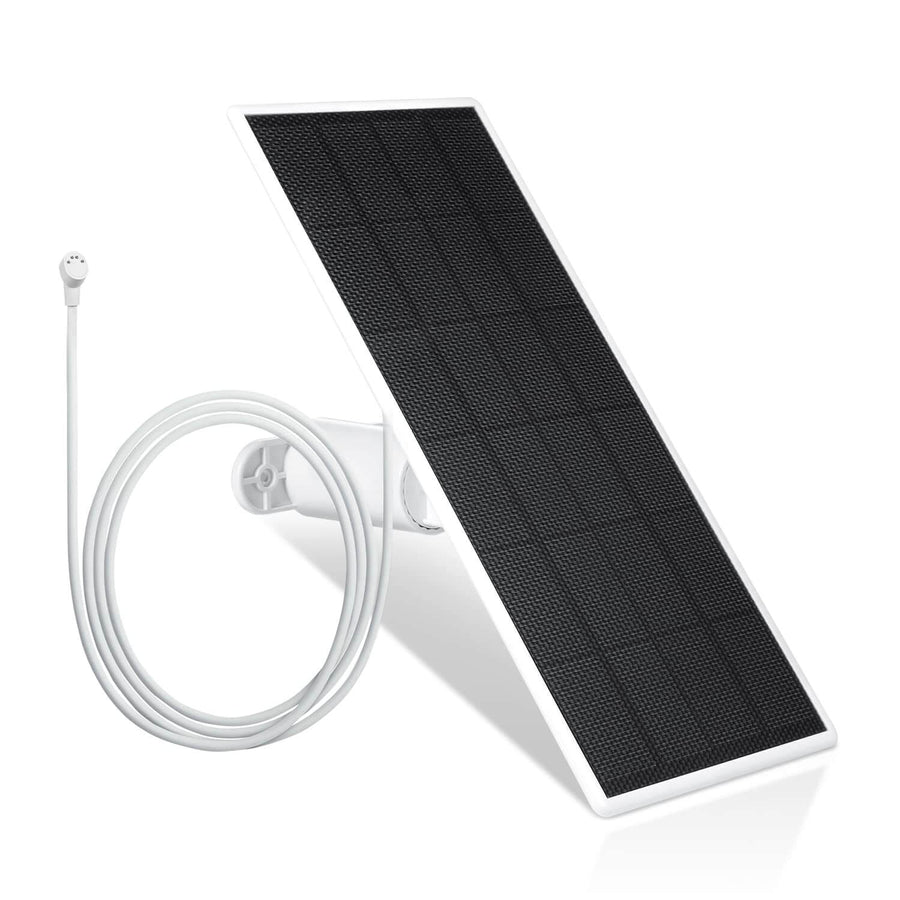
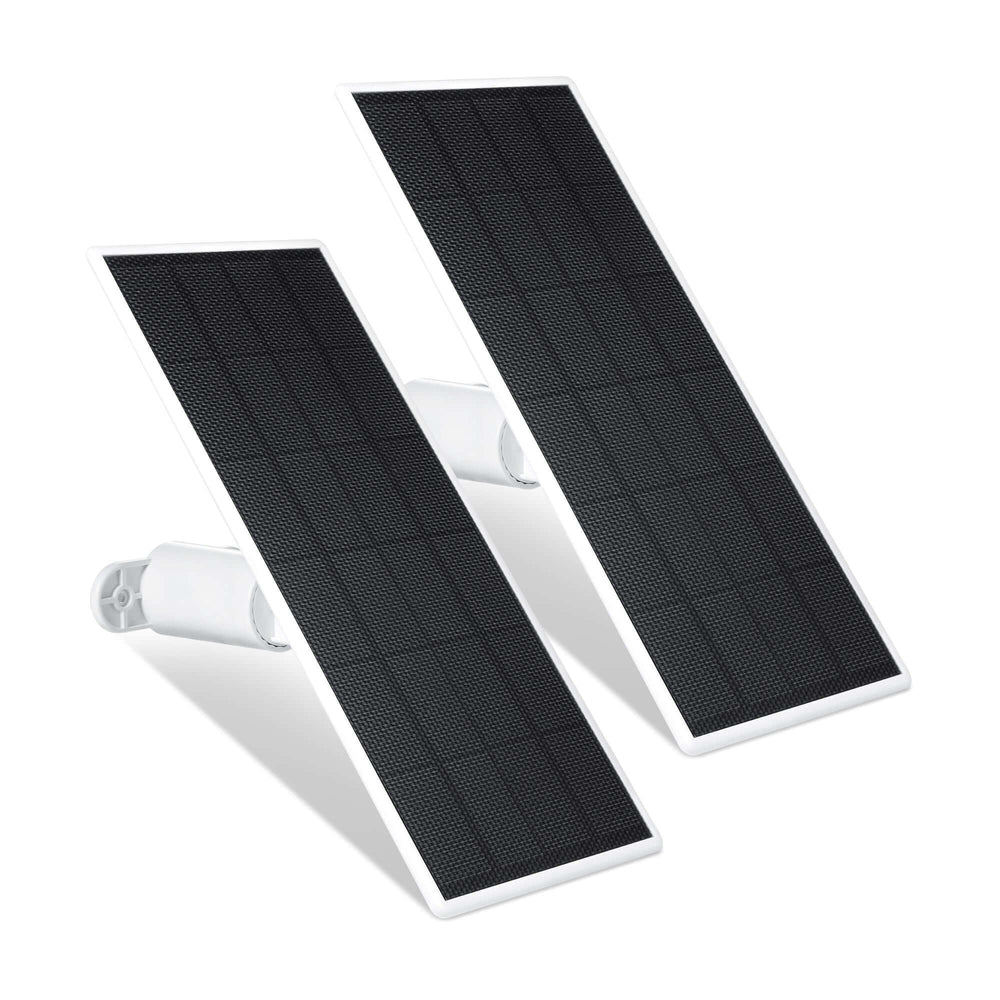
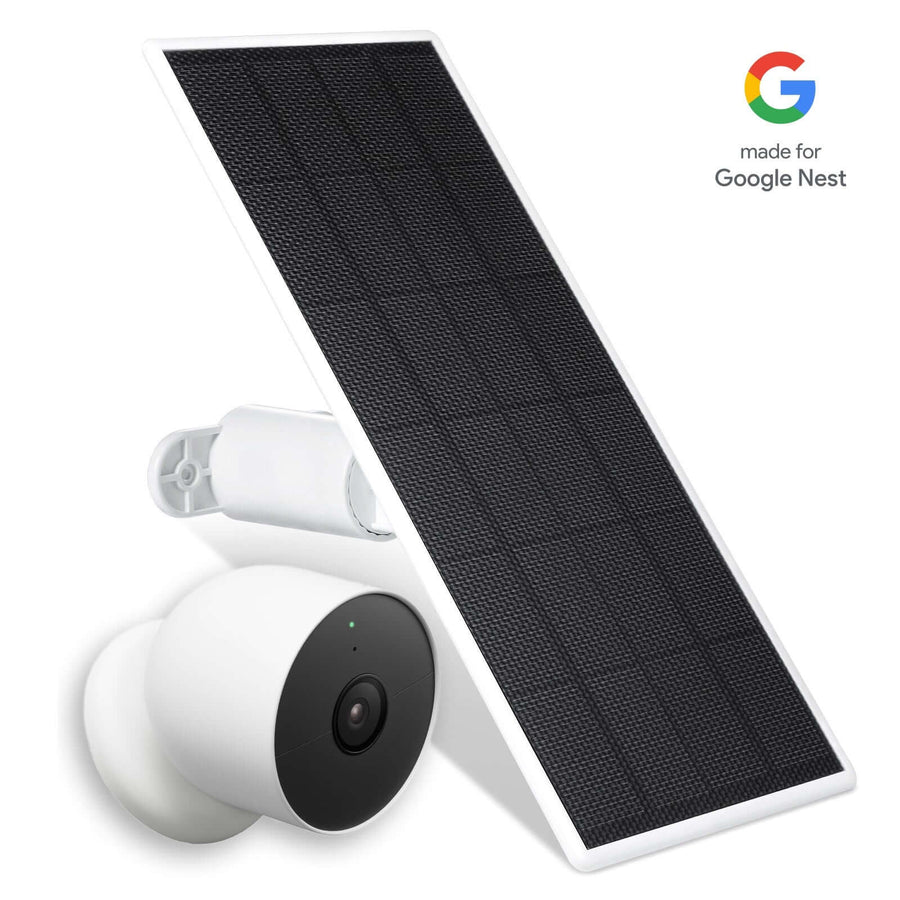
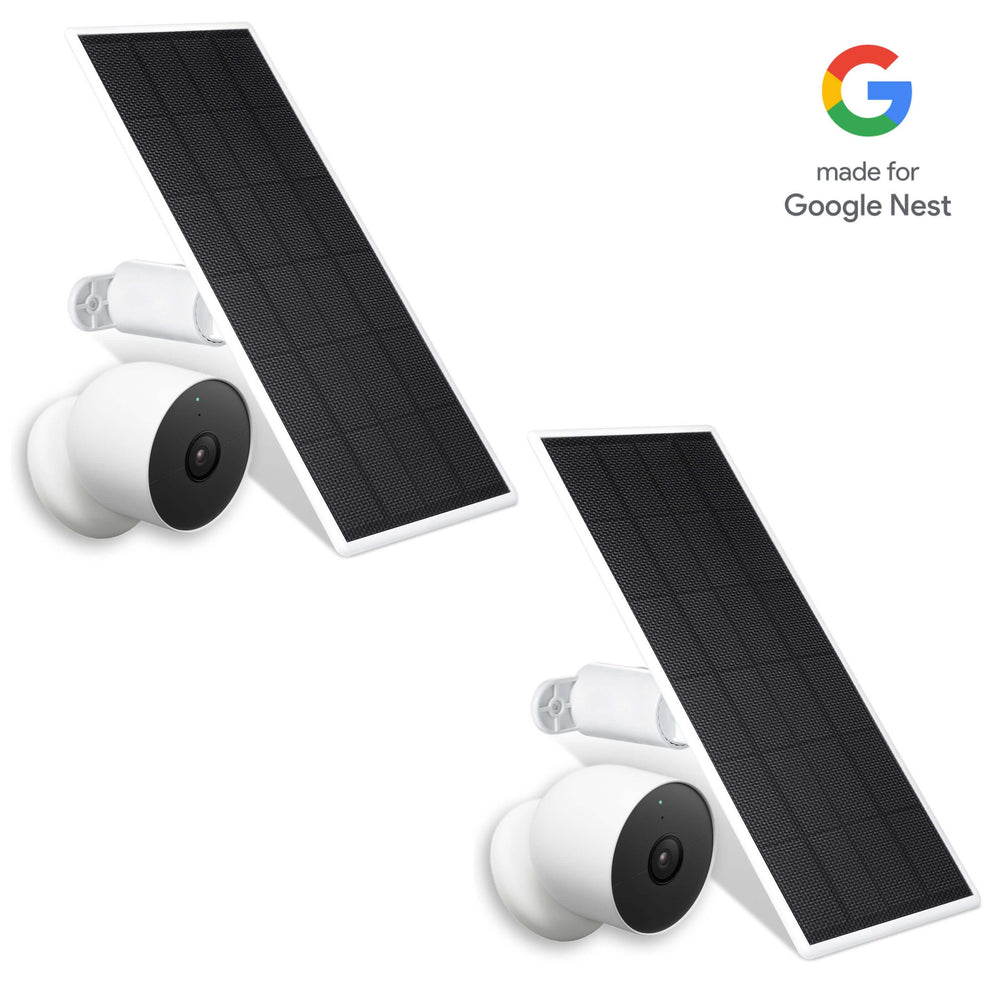
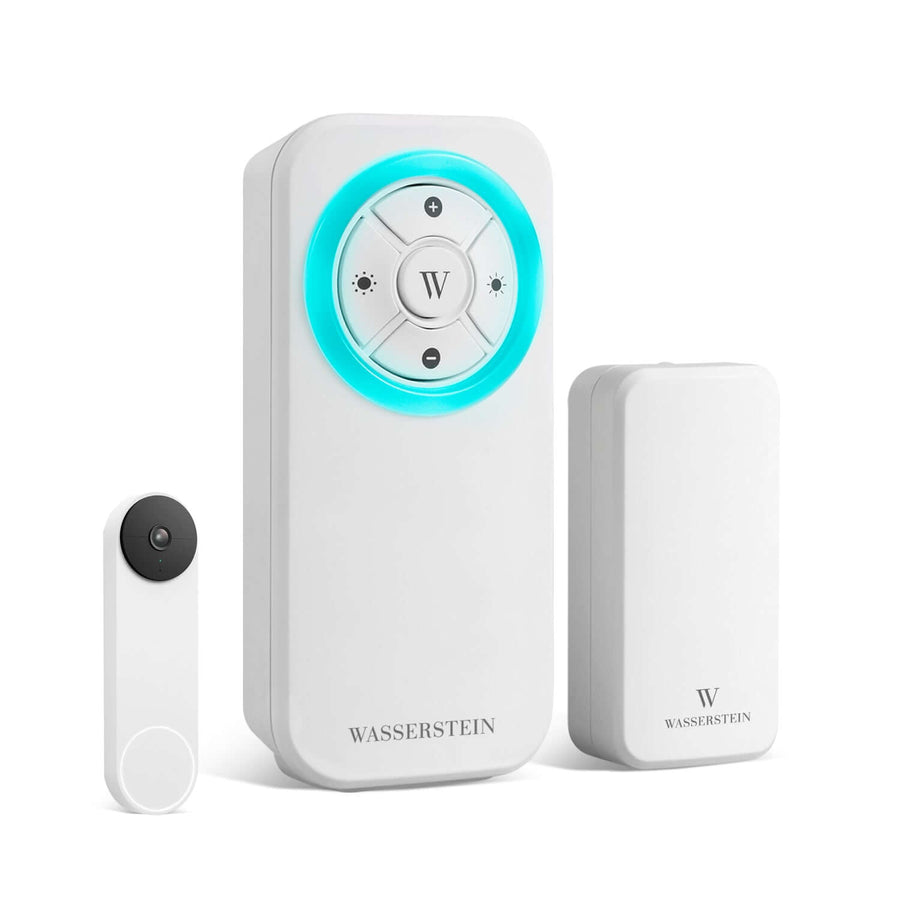
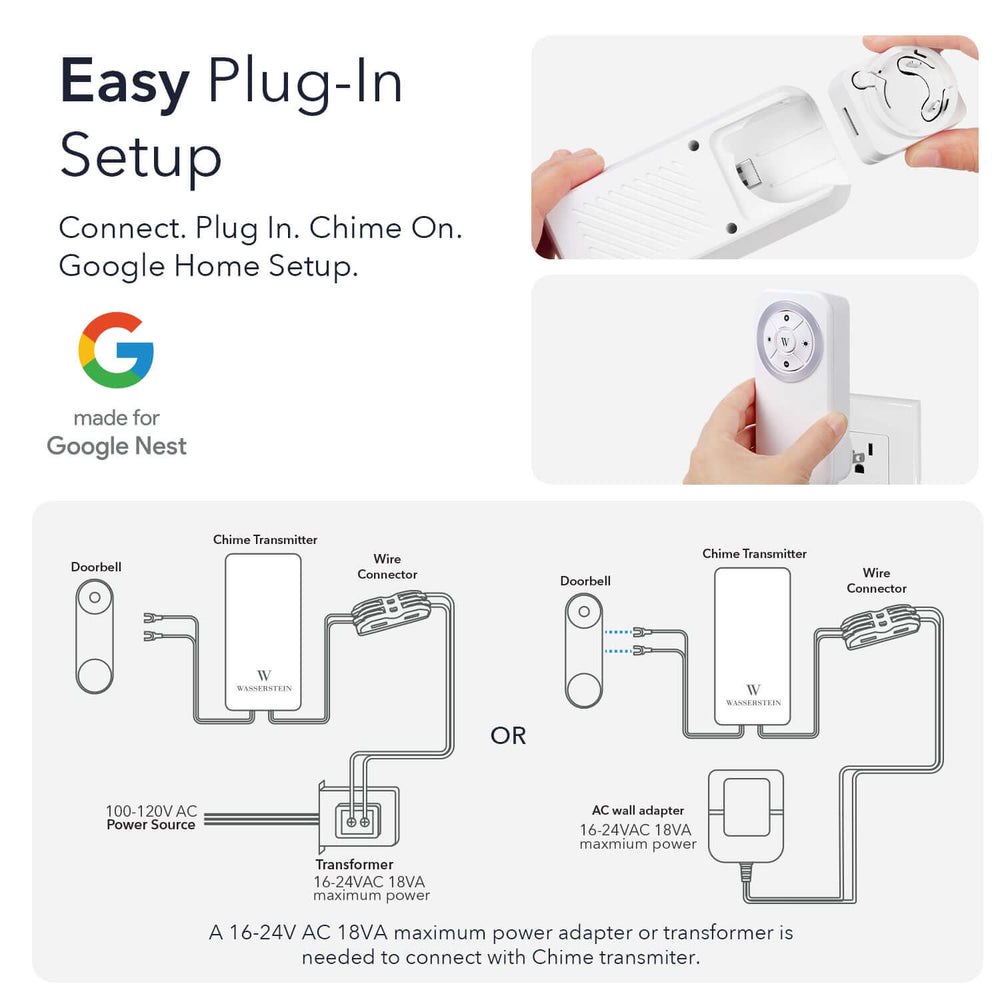
Leave a comment